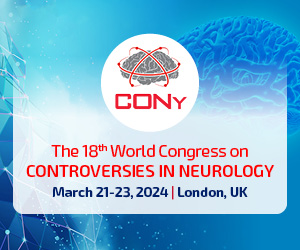Cerebral abscess
Dariusz J. Jaskólski
 Affiliation and address for correspondence
Affiliation and address for correspondenceThe advent of CT/MRI and modern antibiotics along with the progress in surgical techniques made both diagnosis and management of brain abscesses easier and safer. Nonetheless they remain one of the most challenging lesions, both for surgeons and internists. Atypical bacterial and fungal abscesses are frequently due to chemotherapy, immunosuppression, HIV infection, or prolonged antibiotic therapy. This paper gives an account of epidemiology, aetiology and pathogenesis of cerebral abscesses, discusses stages of the infection and stadia of the abscess formation as well as immune response, clinical presentation, diagnosis, management and prognosis. The specific clinical picture of mucormycotic abscesses and those caused by Aspergillus sp., Nocardia sp. and Scedosporium apiospermum were addressed, as were the contemporary MR techniques – diffusion weighted images (DWI) and proton spectroscopy (MRS). Up-to-date there has been no randomised controlled clinical trial comparing two methods of surgery: tap and aspiration versus excision. The review of the literature allowed a presentation of recommended management variants. Currently, mortality in brain abscesses decreased down to 17–32%. From 20% to 70% of patients have permanent neurological sequelae, often (30–50%) epilepsy. Immunosuppression and comorbidities, initial neurological status, and intraventricular rupture are significant factors influencing the outcomes of patients.








